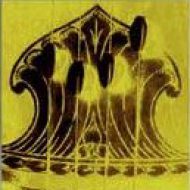By choosing an octave based on G# or A for basic “Sa”, all types of voice will be able to join in comfortably. This is demonstrated by a noted singer and vocal guru, Dr. Nookala Chinnasatyanarana: for this audio lesson1 he … Continue reading “Flow | Practice within a shared vocal range of one octave” …
Continue reading “Flow | Practice within a shared vocal range of one octave”
